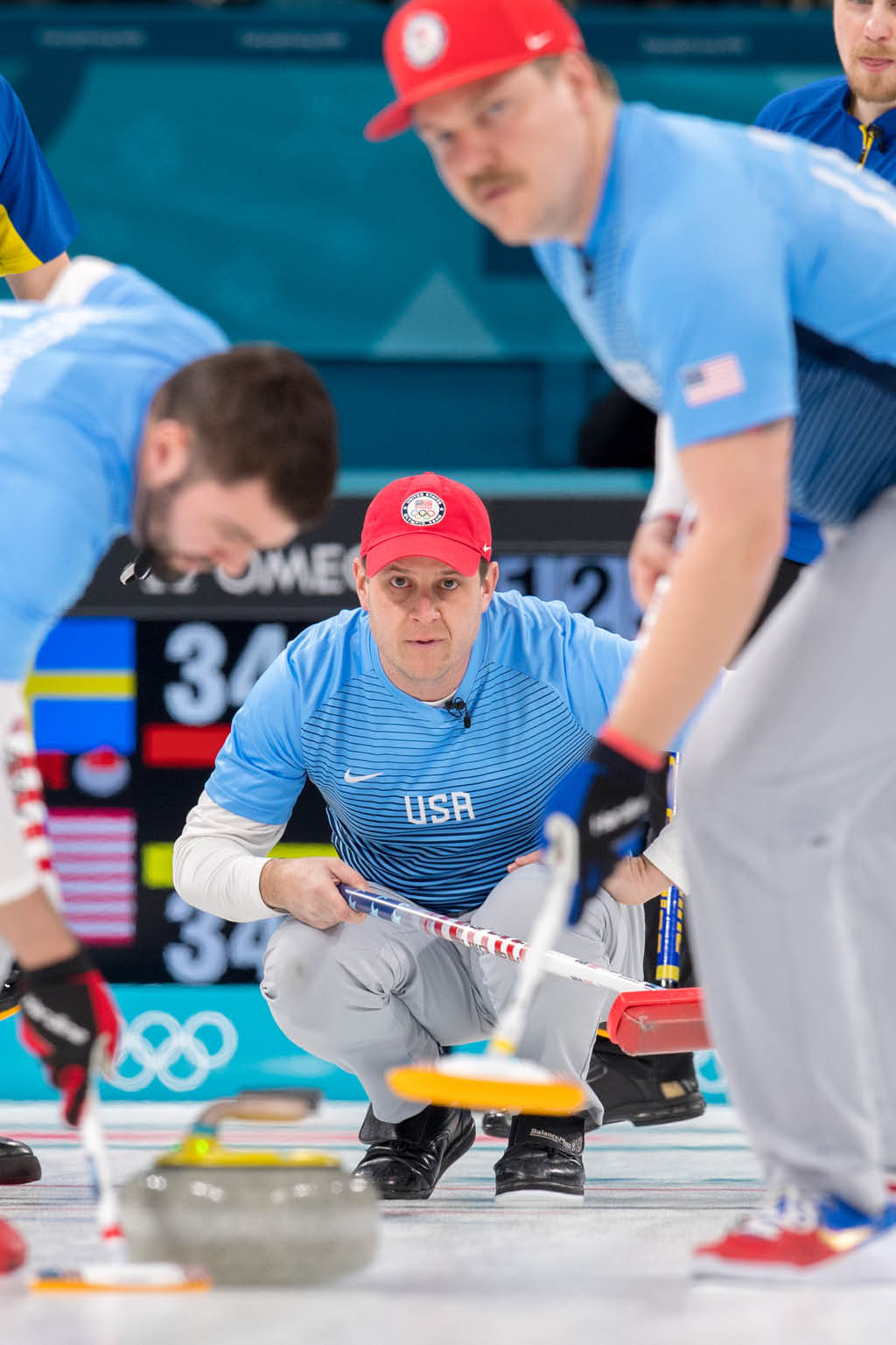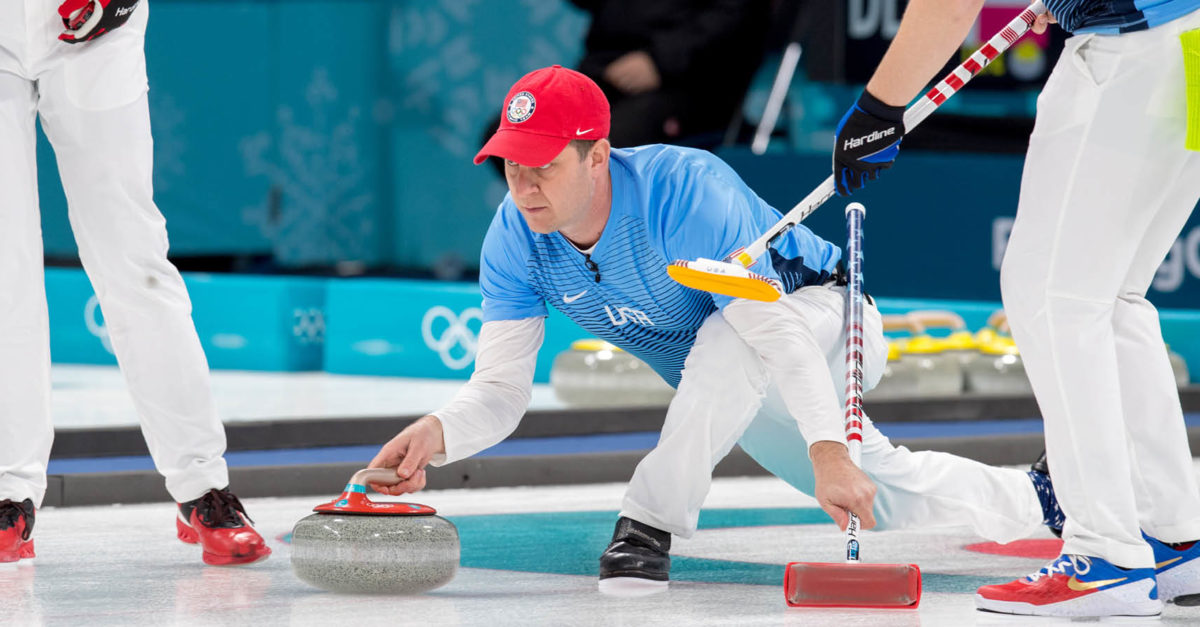The King of Curling
John Shuster made sports history in 2018 by leading the US men’s curling team to its first ever gold medal, an underdog story dubbed the “Miracurl on Ice.” He discusses his upbringing in Minnesota, his team’s success, and the role that fitness played in resurrecting his career—and in Team USA winning gold.
Has curling always been part of your life?
Yes, since I was born, because my dad curled in a men’s league. My mom used to take me and my sister to go see him about once a month. At around ten years old, I started getting interested in trying it, but my dad never let me because there was smoking and drinking in his league. I finally tried it when I was twelve and quickly took an interest in it.
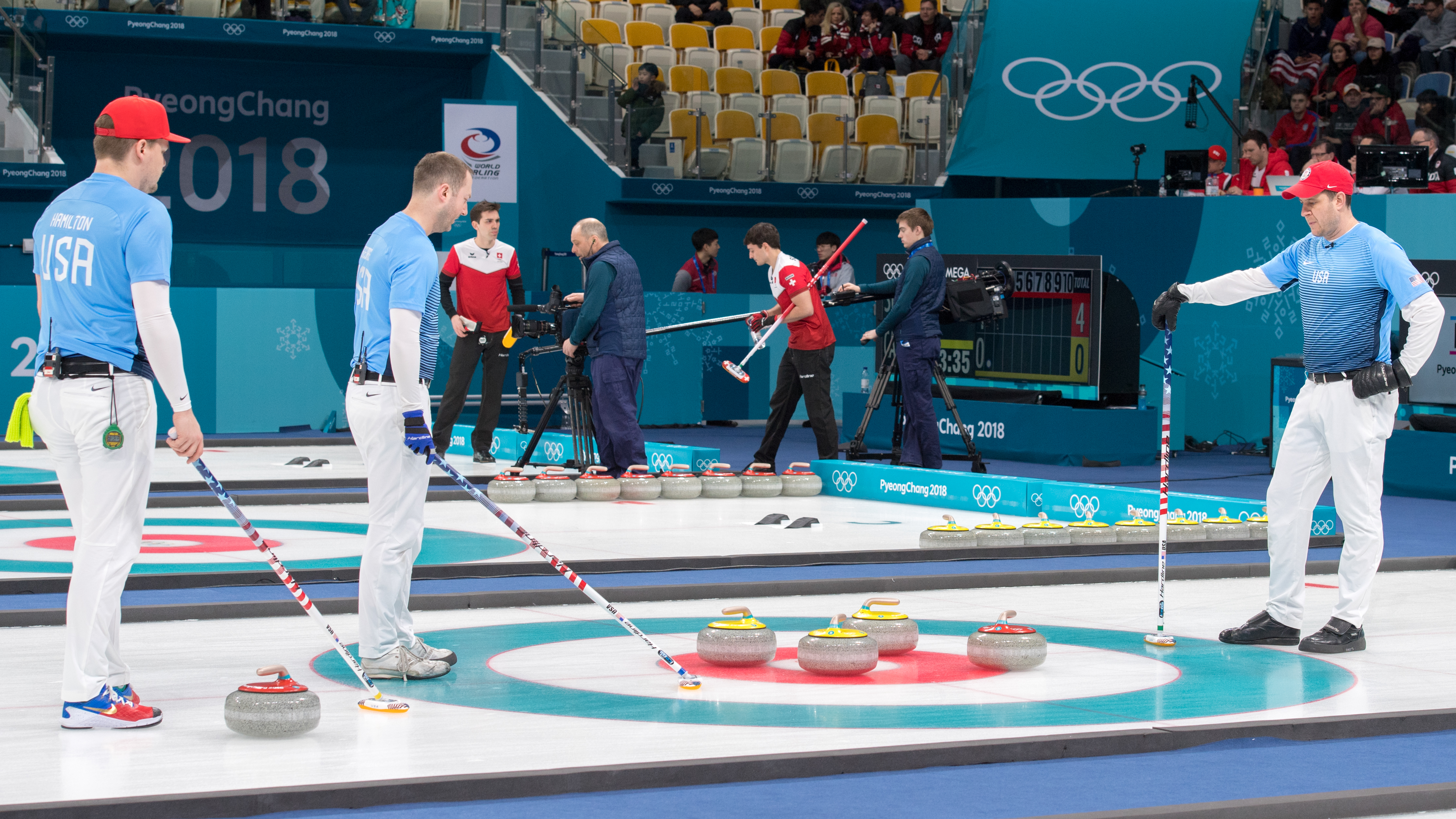
Curling was officially becoming an Olympic sport in 1998, so in December of 1997 we went to Duluth to watch the Olympic Trials. From that point on, I wanted to see how far I could take curling. I went to my first junior camp during the summer between seventh and eighth grades, and I treated it like a varsity sport all through high school. In college, I started having success on the national and international stage. I could never make it out of states in high school, but during my freshman year of college, my team went to the junior nationals, where we finished second. The next year, I played my first men’s nationals and we won that. My wife and I recently counted, and, over the past sixteen years, I have twenty medals between nationals, world university games, and the Olympics. It’s been a good run.
You’re the skip for your team. What’s the best part of this leadership position?
I love the tactical part of the game and even the technical part of the tactical side of the game. When I got introduced to the national stage, I saw right away that I might never be the best shooter in the world, but I did think there was a possibility of becoming the best tactical player in the world. I still needed that physical skill set, but I’ve always put a huge emphasis on the little things and making sure that I demand it out of my teammates as well.
Before winning Olympic gold, what would you say was your top career moment?
Honestly, it’s hard to say. At the 2006 Olympics, I was the lead [the player who throws the first two rocks] on the team, and I thought I was a pretty integral part of our team. We won a bronze medal, so that is up there. The proudest moment of my curling career since then was winning the Olympic Trials again in 2014 because I think it solidified that winning the previous Trials wasn’t a fluke and that the path I chose and the way I selected teammates was the right way.
How has your life been since winning gold?
It’s been a whirlwind. I don’t reflect on it a ton. One of the more interesting things happened to me while running a half marathon in Duluth. It was my first half marathon, which is something I’ve always wanted to do. Right before you hit the last mile, you go by the complex that has the Duluth Curling Club in it. When I ran past the club, that was probably the first time I’d really thought about our team’s accomplishment and reflected on my career. I got super emotional. I had to figure out for that last mile how I was going to cross the finish line without people wondering, “What the heck’s wrong with this guy?” [laughs] But doing the half marathon itself was pretty cool—another thing to cross off the list!
What would you like to clarify about curling?
It’s happening less and less, but even now the thing I get asked by the general public is, “Are you the guy who throws the rock?” Every player on the team throws the exact same number of rocks throughout a game. That’s the biggest clarification that I’d like the American public to grasp. Once I don’t have to explain that anymore, I’ll know that the sport will be mainstream.
Is your training different depending on the time of year?
It’s similar but not the same. Our summer workout program is definitely focused on building strength, stability, and flexibility: mainly making gains in the weight room or on athletic moves. During the season, we play so many games, the time’s not there. So the workouts are a lot more about lower weights and higher reps and about trying to maintain the muscle you put on during the off-season.
Are any workouts ideal for your sport?
We have muscle groups that are important to sweeping and throwing. Throwing the rock is not actually physically demanding. My forty-pound son can take a running start and push a rock down a curling sheet. When throwing a rock, the most important thing is the stability factor—when you kick out of the hack [the starting foothold], you want to hit your slide centered on your foot and in the direction you’re planning on going. So in the weight room, we do a lot of stuff with stability balls and single-arm/single-leg stuff to maximize core stability.
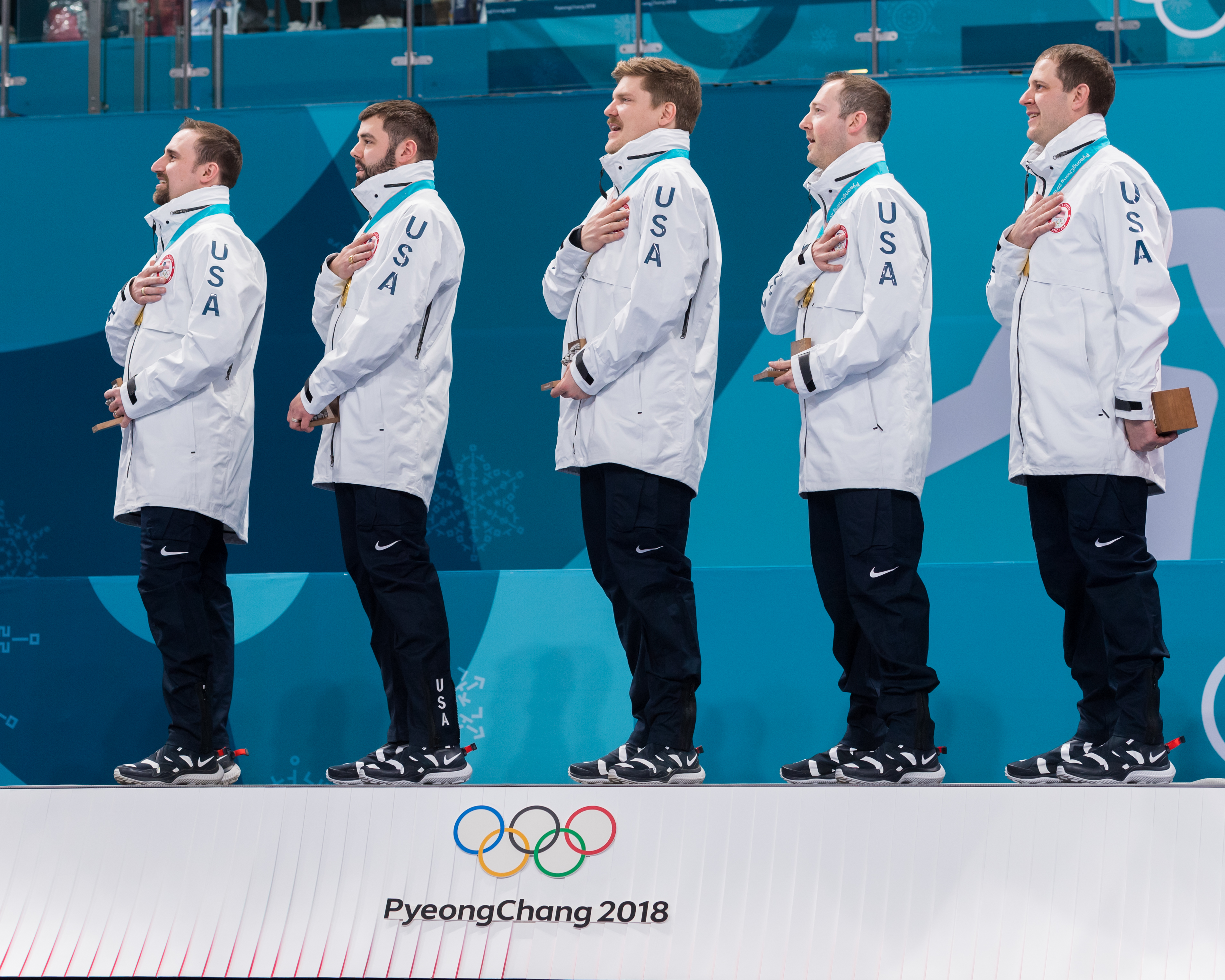
The physically demanding part is definitely the sweeping, where you’re trying to put as much pressure as possible on the broom. The average male like me puts somewhere between 100 and 150 pounds of pressure down on the broom and is sweeping at a very high speed. For sweeping, we basically do three strength days and two cardio days, with one cardio day always incorporating high-intensity interval training. Being the skip, I don’t do sweeping at all anymore. But a couple of years ago, I decided that I was going to try to set an example and show my team that I have that same commitment to the physical side of the sport that they do.
Has your workout intensity changed over the years?
It’s like night and day. Even through 2006, when I was in the sweeping position, my workouts in the summer were not in the gym. Honestly, up until 2011, all my training was on the ice. You can really build up your sweeping ability that way,
and I was known as a fairly decent sweeper. But I’ve always been about effort: going as hard as I possibly could. Even as an adolescent, I’d sweep six rocks in a league once a week and treat it like a world championship game. Every time we played on tour was the same deal. Overall, if you look at pictures of the 2006 Olympic team and pictures of the 2018 Olympic team, we look much different physically.
You lost weight for the 2018 Olympics. How much did you lose?
I was thirty pounds lighter at this Winter Olympics than I was at the last one. I was around 225 pounds at the 2014 games, and I lost about ten to fifteen pounds between then and the 2014-2015 curling season. I stayed at that weight for a year and a half. But I went really hard in the gym during the summer before the 2018 Olympics and started losing weight with my wife, which helped me go from 210 to 195 for these last games.
How did that make you feel?
Honestly, where I notice the biggest difference is in how easily my body travels. If we flew to a city and had to play a game the same night, it was bad for me and the rest of the team. It got so bad, I’d make sure that our teams never would fly and play on the same day. But now, when I get out of a car or off a plane, I find that my body recovers so much faster. Also, when you play ten-day nationals, the worlds, or the Olympics, as time goes on, you may get more tired or mentally exhausted. Obviously, the 2018 Olympics was a perfect example of exactly the opposite: I got stronger as the competition went on.
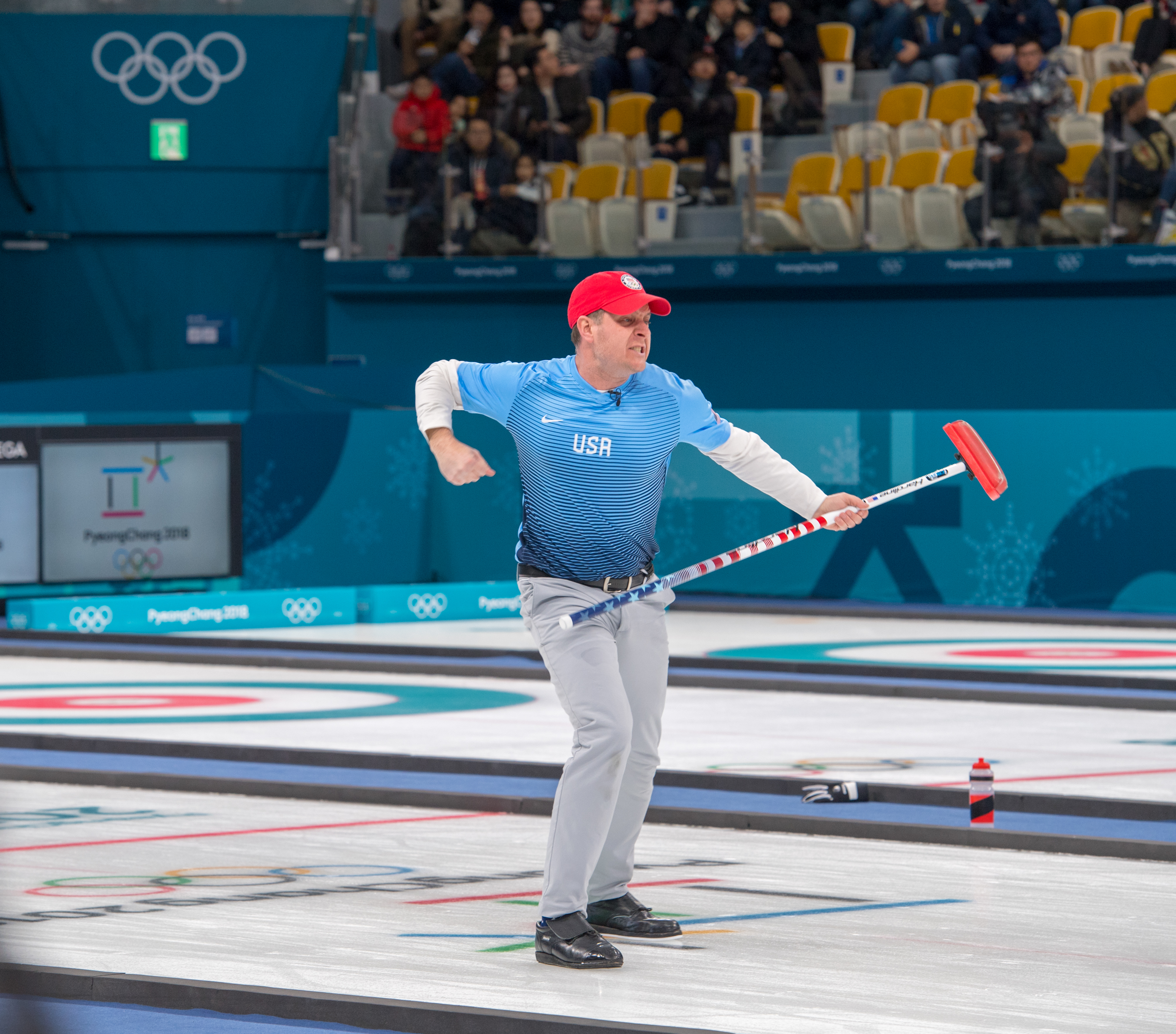
What are your food weaknesses? Do you still have them, or have you eliminated them?
I haven’t eliminated them. It’s all about moderation now. Pizza is always one weakness; it’s a common curler meal because it’s easy when you’re on the road. If you get done playing at night, you may have missed dinner and nothing’s open except for pizza places. I also like things like fried foods and barbecue. I was also a very particular eater: I just didn’t like a lot of things other than meats and breads. The last few years, I’ve really started to enjoy eating rice. I had literally never eaten rice in my life! The team has also tried not eating out all the time and having healthier meals together. For example, when we were at the Olympic Trials in Omaha, we had an Airbnb, and we had rice bowls on various occasions.
Is there any workout that you hate but push your way through?
It’s funny, because it’s changed over time. I really used to hate lifting days. I just wasn’t comfortable because I didn’t grow up in that setting. Even when I played community college baseball for two years, I avoided the gym like the plague. I used to hate running, too, but after training for that half marathon, I kind of like it. In the last few years, I’ve found a group of guys that does a cross-functional workout where we run a couple laps and do weights. Today, for example, I ran thirty-six laps and, in the middle of that, did nine sets of different body weights. I love doing that. There’s enough variety where I don’t dread any particular activity. It says a lot about our trainer.
How did it feel to be nominated for an ESPY?
It was incredible that my team and I were nominated. It’s essentially the biggest recognition in sports outside of winning a championship—another one of those “pinch yourself” kind of events. It was incredible to be in the same arena with athletes who we watch on a daily basis and who we’ve looked up to for a long time. To be included in that club is a dream come true for an athlete. I enjoyed every minute of it.
For more information, visit teamusa.org/USA-Curling
Photography by: Rich Harmer/USA curling
